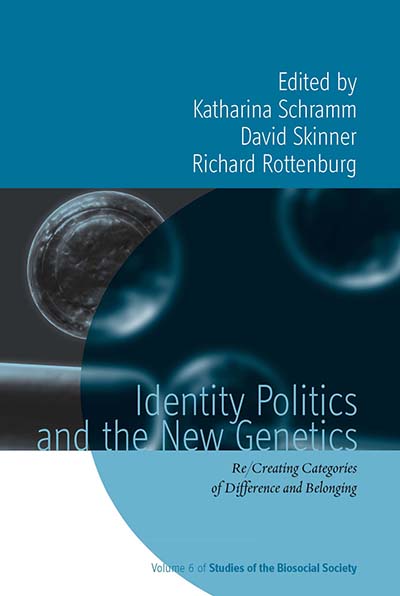Mixed Race Jamaicans in EnglandPosted in Articles, Caribbean/Latin America, History, Law, Media Archive, United Kingdom on 2012-03-22 01:27Z by Steven |
Mixed Race Jamaicans in England
A Parcel of Ribbons: Eighteenth century Jamaica viewed throught family stories and documents
2012-01-28
Ann Powers
The status of mixed race Jamaicans in eighteenth century Jamaica was always going to be less than than of white colonists, but it was possible for them to become established and successful in England. A case in point are two of the children of Scudamore Winde.
Ambrose Scudamore Winde (he seems to have dropped the Ambrose early on) was born about 1732 at Kentchurch in Herefordshire, son of John Winde and Mary Scudamore. The beautiful Kentchurch Court is still in the hands of the Scudamore family as it has been for the last thousand years or so. In 1759, following the suicide of his father, he and his brother Robert went to Jamaica where Scudamore Winde became an extremely successful merchant. He was also Assistant Judge of the Supreme Court of the Judicature and a member of the Assembly.
Like many white colonists of the island he had relationships with several women but did not marry. When he died in late September 1775 he left generous legacies to his various children. His business had prospered and a large part of his assets were in the form of debts owed to him. According to Trevor Burnard[1] he had personal assets of £94,273, of which £82,233 were in the form of debts. This would be equivalent to about £9.3 million relative to current retail prices or £135 million in relation to average wages today.
Scudamore Winde freed his negro slave Patty who was baptised as Patty Winde in 1778 at Kingston when her age was given as about 50. Patty and her daughter Mary were left land that he had bought from Richard Ormonde in Saint Catherine’s with the buildings on it, and £100 Jamaican currency together with two slaves called Suki and little Polly. It is not clear whether Mary was Scudamore Winde’s daughter for although her name is given as Mary Winde she is referred to as a negro rather than mulatto.
Scudamore Winde had a mulatto son called Robert, possibly the son of Patty, who was born about 1759, and three children with Sarah Cox herself a free negro or mulatto (records vary). Her children were Penelope, John and Thomas born between 1768 and 1774. John may have died young and Thomas elected to remain in Jamaica where he had a successful career as a merchant in Kingston. Robert and Penelope travelled to England under the eye of Robert Cooper Lee who was trustee and executor of his close friend Scudamore Winde’s Will…
Read the entire article here.



